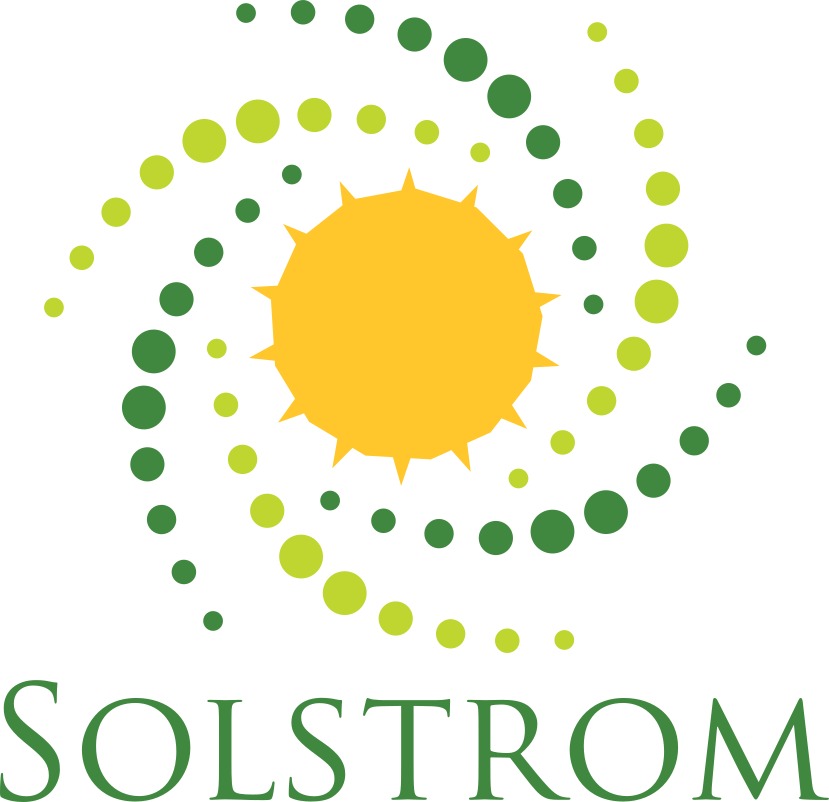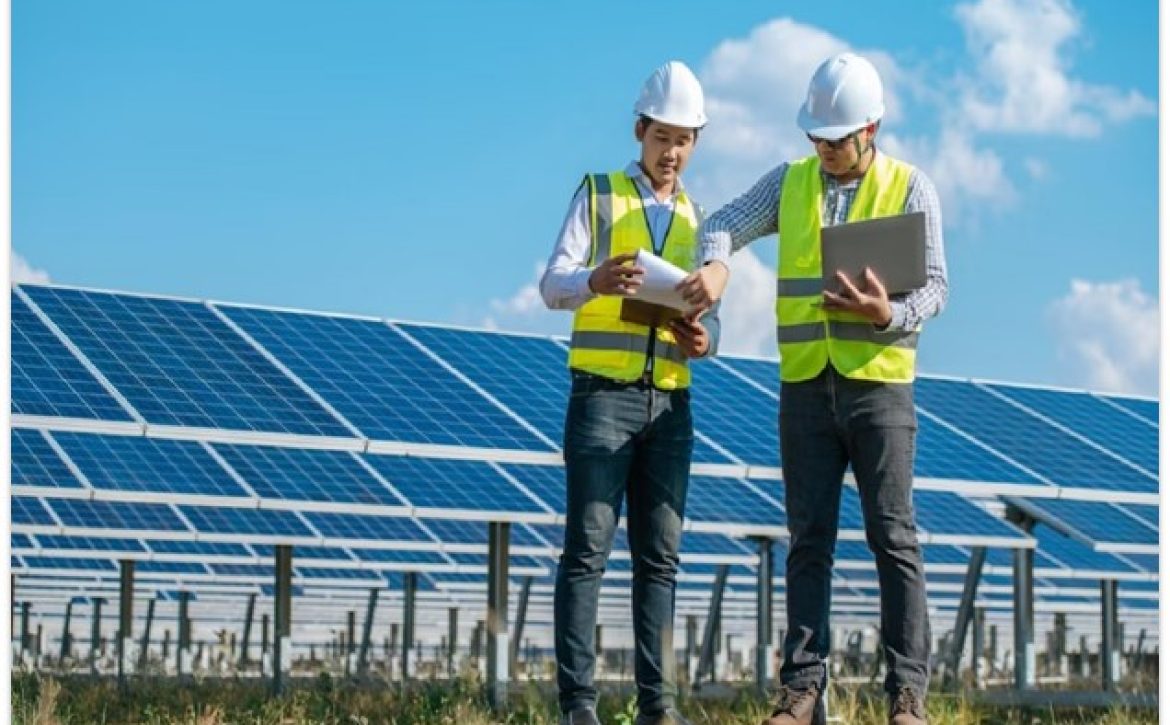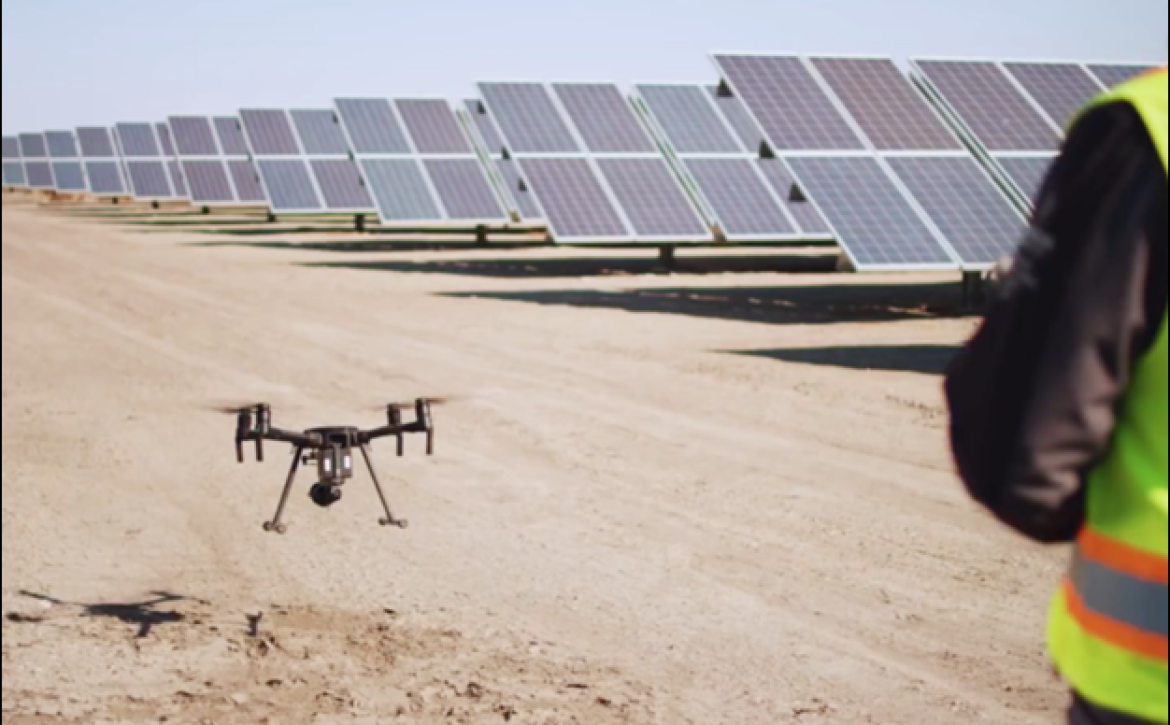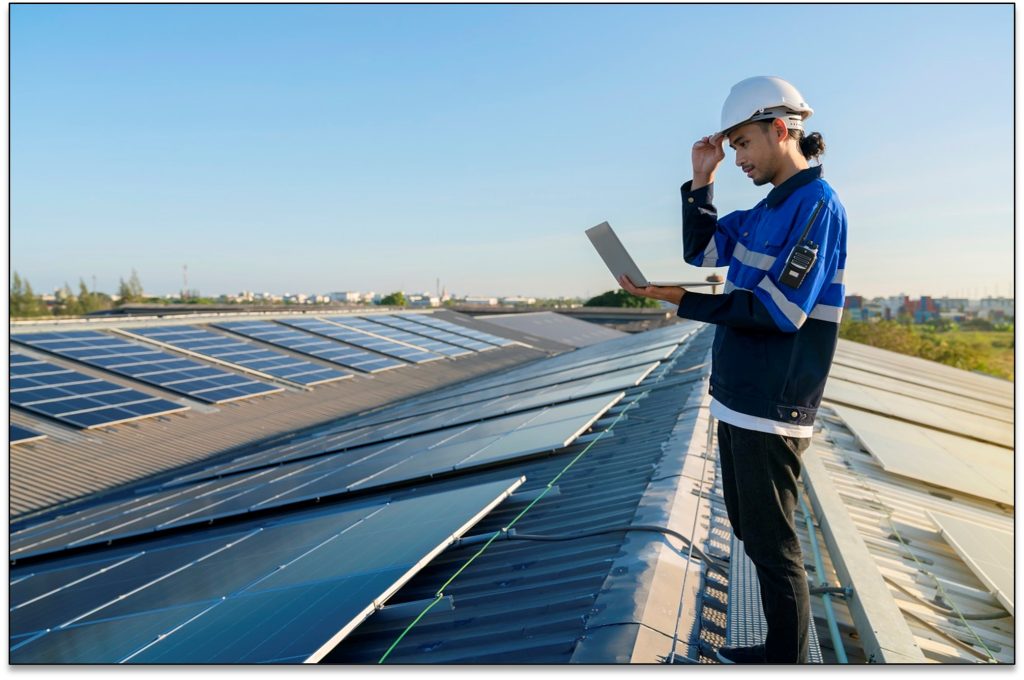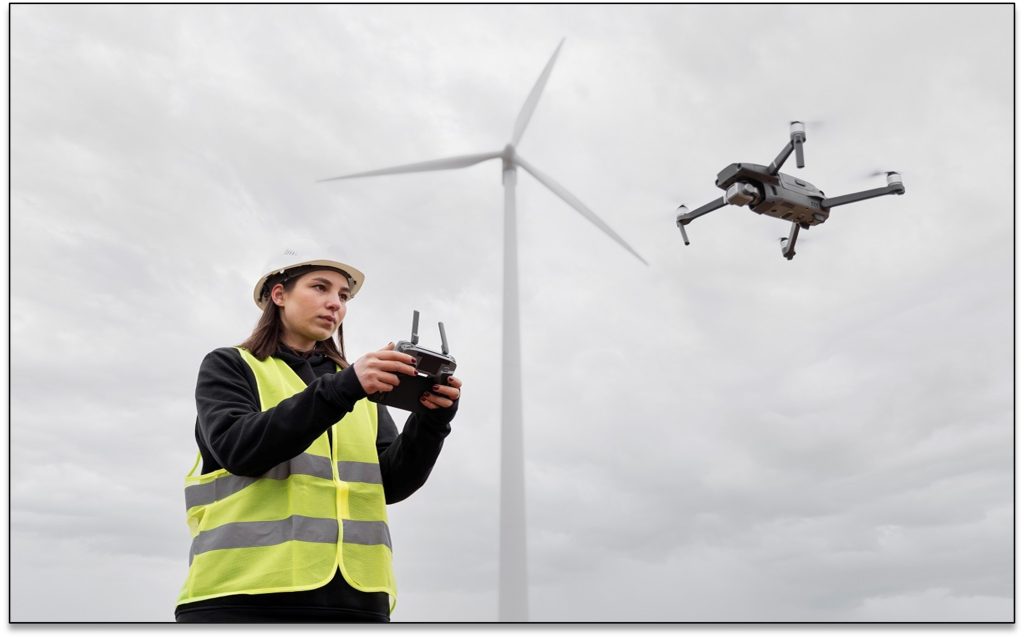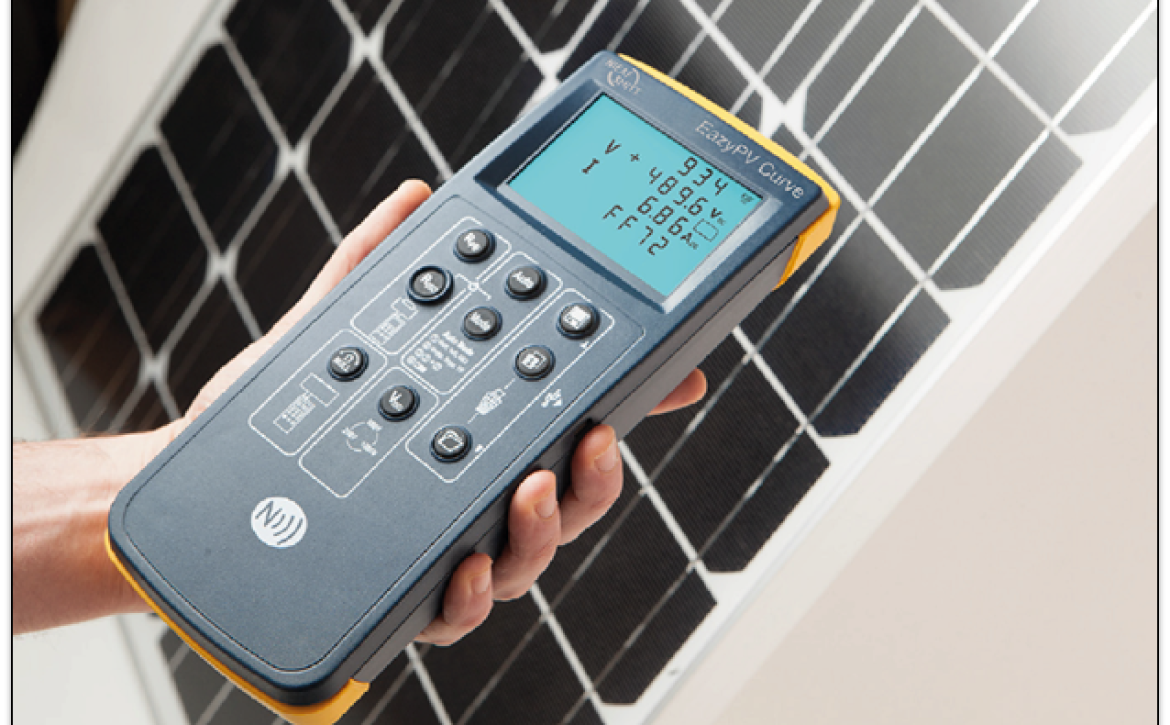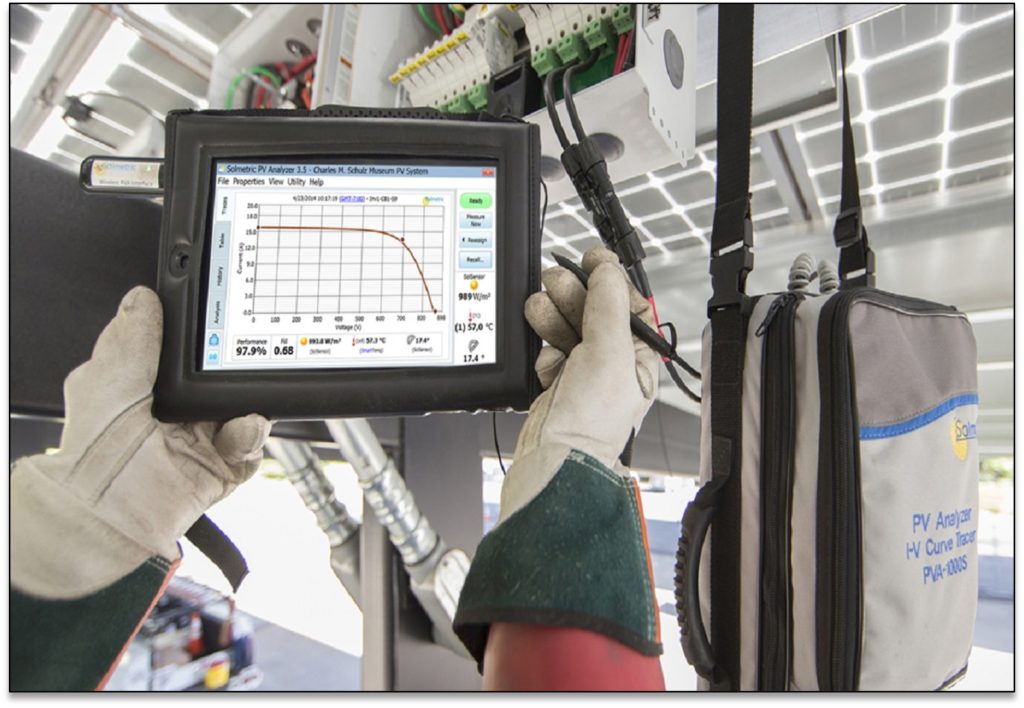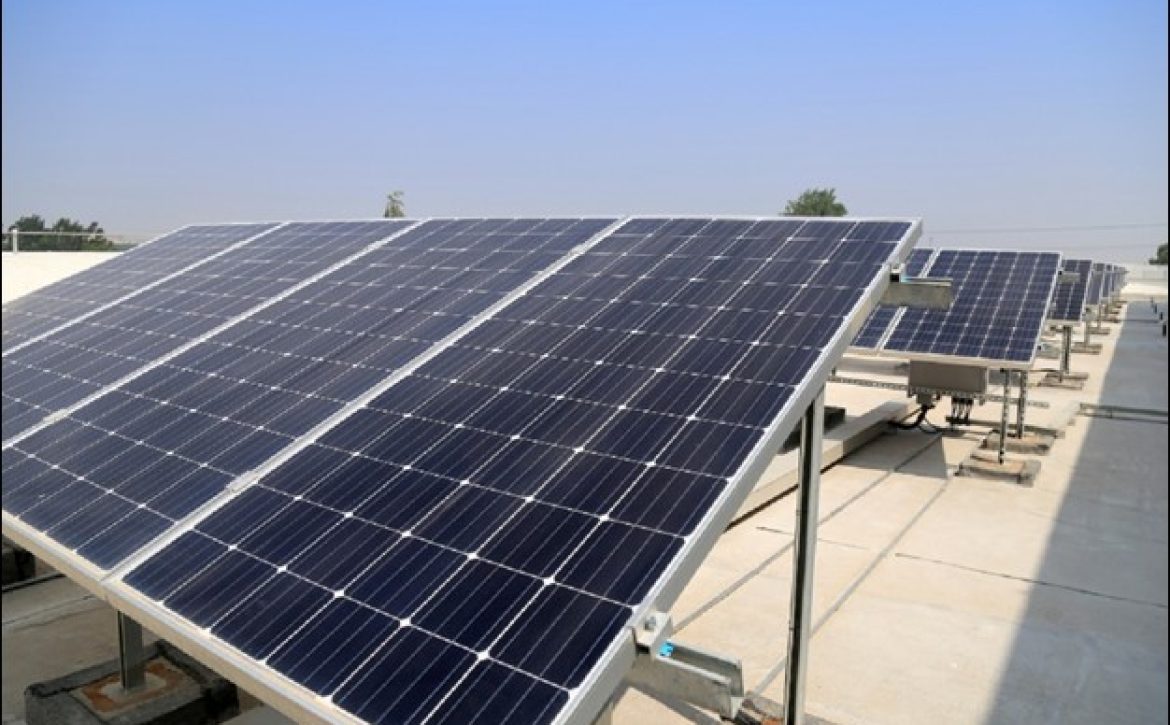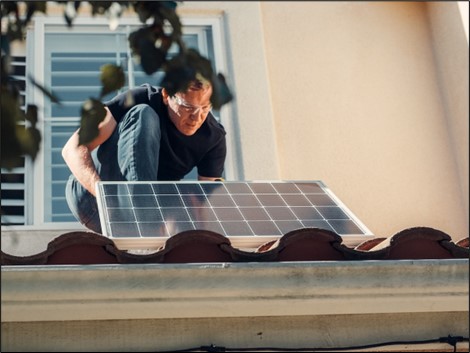Why Solar Squad
The Solar Squad app provides solar plant services at your doorstep. One app for all your solar needs. Sounds good, right?
- Our company’s advanced solar energy services in Chennai are among the best in the industry.
- In this app, users can get maintenance and repairs for their existing solar panels in their home, commercial or industrial space.
- The Chennai-based Solar Squad has more than 10 years of experience in installing solar panels of all sizes and types.
The features you’ll find in our app:
- Using Solar Squad, you will be able to solve your pain points regarding all your solar service needs.
- Solar Installation, Services, and Repairs at the Customer’s Doorstep.
- This app can be used to monitor, service or repair all your installed Solar PV systems.
- Help users quickly rectify any problems in solar panels, and avoid future encounter with their installed Solar PV systems.
And the best part?
- In most cases, major maintenance issues can be resolved within 2 to 3 working days depending on the size of the solar plant.
- The new mobile app makes solar maintenance accessible to customers at the click of a button.
- A fee of Rs.1000/- will be charged for a service assessment on-site anywhere in Chennai.
- Solar Squad has the capabilities as well as experience in all aspects of solar plant services.
An all-in-one app:
- It is very easy to use.
- Simple and user-friendly interface.
- Installation and Services.
- No lags or bugs.
- Great customer support.
- Provide services that are cost-efficient
Challenges in Solar Industry
The current scenario in the solar industry has seen several companies close, go bankrupt, become insolvent or cease to operate due to a lack of workmanship, with stiff competition among an ever-growing number of companies, doesn’t it?
What happens when your solar company disappears?
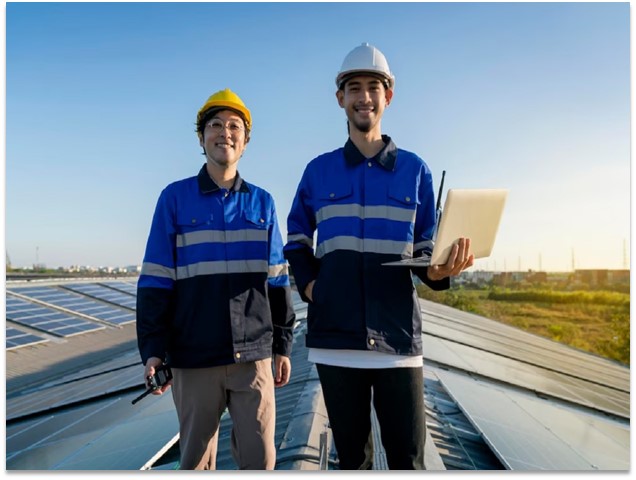
- It is not uncommon for customers to complain about unresponsive customer service, poor workmanship, and low-cost equipment developing problems over time, leaving them stuck with expensive panels that don’t work.
- It may result in multiple requests by customers for services, repairs, and replacements.
- And the best part? Solar squad is designed to meet the needs of customers solar service or repairs. Well, you can hire top solar experts in your city today.
How it works:
One of the biggest hurdles customers face after installing solar panels is service. However, this hurdle seems to be resolved with Solar Squad as well.
The Solar Squad is committed to driving Chennai’s transition to clean, renewable energy through the installation, repair and maintenance of solar panels.
How can our app help you?
- For customers in need of solar service or repairs.
- The top solar experts in your city are at your doorstep.
- A hassle-free service.
- You can book any service: Installation, Cleaning, Maintenance.
- Trained service partners and skilled technicians for installation, operation and maintenance.
- On our personalized map, you can find information about our loyal clients, including their plant size, location, service information, installation date, the amount of electricity generated, and many more.
- Solar Squad has controls and guidelines in place to assure quality service to its users.
- Being well-versed in all facets of PV plant operations and solar power servicing.
- Based on the size of the solar plant it will take 2 to 3 working days to resolve any major maintenance issues.
- Experts have a long history of operating and servicing solar plants.
Call us Tel: 9952054308
chat with us: Email us: ram@solstrom.in

